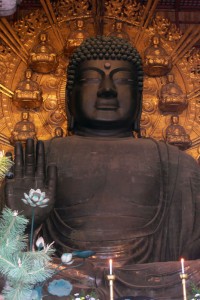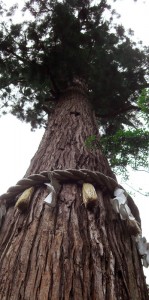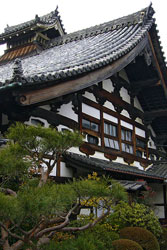I love Kyoto, and as usual, I feel very sad the evening before I have to leave. I guess, with the years and during my many visits, I began to love it too much.
Too much, even of something good, is not so good any more! I love eating as well, but if I don’t stay 20% hungry after each meal, I will gain weight quickly. Eating too much is also not healthy, of course. Too much, regardless if too much of good or bad, can kick you out of balance and drag you away, physically and emotionally.
Though, if this was the end of the story, it would be a bit disappointing moral teaching today …
I am quite sure, that the experience of eating too much, drinking too much and loving too much has to be made! So I encourage you, if you feel like going for it, do all this, beyond all limits!
If you hold back and restrict yourself all your life, maybe because you just believe in rules, or what someone told you, or because you are simply too shy to give it a try, inside yourself, there will always remain this longing for the better, regardless how much you already have.
Once you enjoyed the perfect food and the perfect love and the perfect happiness, it feels like you arrived, you finally reached your destiny – and for a short moment, this longing is over! Waking up after the first night with your perfect love, you feel so light and free and just there, not want to be anywhere else on earth, not missing anything. Just here, right now, it is good!
But it won’t last forever. And from the day it is gone, you will miss it too much. You just remember the ultimate moment of happiness you once enjoyed, where nothing was missing, and you feel terribly sad.
If you are lucky, and if you don’t lock your sadness away or jump to the next climax of an ultimate achievement (and this is important, and to endure this, practising Zazen is a very good support!), you might eventually realise, that it is just the end of longing for something or someone, which once made you so ultimately happy, and not the person or the thing you believed to possess!
And from then on, the things are just right, as they are …
So, I have to leave Kyoto tomorrow … and it is just good! Also, the rainy season started today (though, Kyoto is too beautiful in the rain)!




